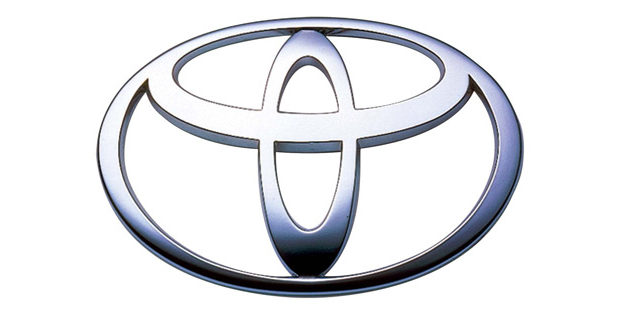Branding Strategy of Toyota

World renowned automobile company, Toyota, has a rich history, starting with Japanese inventor, Sakichi Toyoda. In 1890, he created the wooden Toyoda handloom, and decades later, he invented the world’s first non-stop shuttle change-type automatic loom. Subsequently, he set up the Toyoda Spinning and Weaving Company.
Traditionally, when there was a problem, a loom would not stop and would continue to produce defective fabric while wasting thread. The Toyoda automatic loom was phenomenal because it got rid of this problem. The machine was designed to stop automatically and call attention when a problem occurred- reducing defects and increasing productivity. Today, the widely acclaimed Toyota Production System (TPS) is still based on this principle of design.
It Goes Beyond the Product
Toyota understands the benefits of investing in creating a brand for itself. Toyota knows that its reputation matters when it comes to convincing customers that it is the right brand for them. They have been able to maintain trust by creating a corporate framework to ensure that their products are the most sought after.
Toyota’s branding program does not exclude employees. This ensures that every employee is able to interact with customers, representing the company as required. The company sells its products and markets itself, as opposed to simply selling and marketing its products. The Toyota approach creates sustained customer interest that culminates in product loyalty.
Having the Right Attitude Goes a Long Way
To understand Toyota’s attitude to marketing, consider this statement made by the company’s first president, Shotaro Kamiya:
“The priority in receiving benefits from automobile sales should be in the order of the customer, then the car dealer and, lastly, the maker. This attitude is the best approach in winning the trust of customers and dealers, and ultimately brings growth to the manufacturer.”
In 1929, Sakichi’s son, Kiichiro Toyoda travelled to Europe and the United States, to investigate automobiles. That same year, British Company, the Platt Brothers thought Toyoda’s loom was so valuable that they decided to buy the patent rights for £100,000.
Kiichiro got the proceeds from this sale and began researching gasoline-powered engines, and in 1933, the Toyota Automobiles Company was started as a department under Toyoda Automatic Loom Works. In 1939, the company started a research centre and established the Toyota Science Centre in 1940. After the Second World War, the company made recycled vehicles out of the wrecked and worn-out trucks left from the war.
Toyota has remained committed to research and development. Between April 1, 2015, and March 31, 2016, Toyota spent 3.7% of its revenue, equivalent to 1,055 billion Japanese Yen, on its Research & Design program for its vehicles.
The company focuses its research and design activities on these factors:
- Improving hybrid technologies – this involves reducing the costs and improving the performance of their hybrid vehicles.
- Improving its vehicles’ engines’ fuel economy and reducing emissions.
- Increasing efforts to develop alternative fuel vehicles- including electric vehicles and fuel cell vehicles.
- Promoting driving and vehicle safety through technological development.
With this, the company has proven itself successful since establishment.


















































